Septic sickness. Understanding Sepsis: Causes, Symptoms, and Recovery
What is sepsis and how does it affect the body. Who is at risk for developing sepsis. What are the signs and symptoms of sepsis. How is sepsis treated and what does recovery involve.
The Silent Killer: Unmasking Sepsis and Its Impact
Sepsis is a life-threatening medical emergency that occurs when the body’s response to infection spirals out of control. This extreme reaction can rapidly lead to tissue damage, organ failure, and death if not promptly treated. Despite its severity, many people remain unaware of sepsis and its potential consequences.
In the United States alone, sepsis affects at least 1.7 million adults annually, with approximately 350,000 of these cases resulting in death or discharge to hospice care. Alarmingly, one in three hospital deaths involve sepsis during the patient’s hospitalization. These statistics underscore the critical importance of understanding and recognizing this condition.
The Origins of Sepsis
Sepsis typically begins with an infection, which can occur in various parts of the body. The most common sites include:
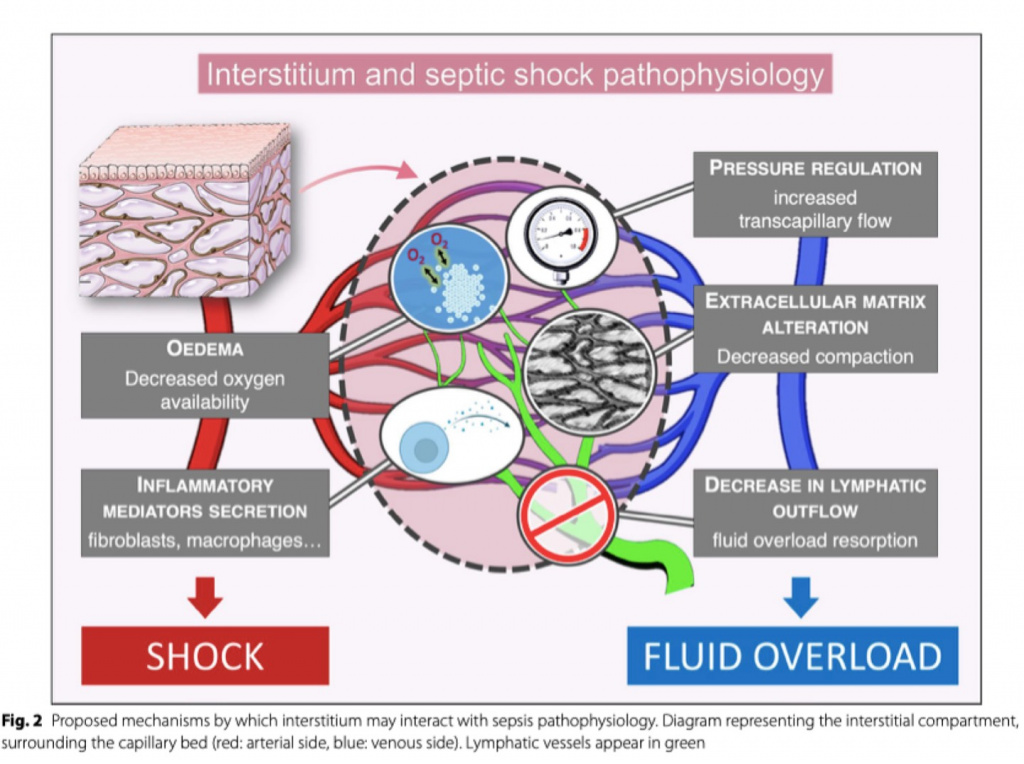
- Lungs (pneumonia)
- Urinary tract
- Skin
- Gastrointestinal tract
While bacterial infections are the primary culprits behind sepsis, viral infections like COVID-19 and influenza, as well as fungal infections, can also trigger this dangerous condition. It’s crucial to note that in nearly 87% of cases, sepsis or the infection causing it starts before the patient is admitted to the hospital.
Identifying Those at Risk: Who Is Most Susceptible to Sepsis?
While sepsis can affect anyone, certain groups are more vulnerable to developing this condition. Understanding these risk factors can help individuals and healthcare providers remain vigilant and take appropriate precautions.
High-Risk Groups for Sepsis
- Adults aged 65 or older
- Individuals with weakened immune systems
- People with chronic medical conditions (e.g., diabetes, lung disease, cancer, kidney disease)
- Those who have recently experienced severe illness or hospitalization
- Survivors of previous sepsis episodes
- Children younger than one year old
It’s important to note that having one or more of these risk factors doesn’t guarantee that a person will develop sepsis. However, it does emphasize the need for increased awareness and prompt medical attention if an infection is suspected.

Recognizing the Red Flags: Signs and Symptoms of Sepsis
Early detection of sepsis is crucial for effective treatment and improved outcomes. While a medical assessment by a healthcare professional is necessary to confirm sepsis, being aware of its signs and symptoms can prompt timely intervention.
Common Indicators of Sepsis
A person with sepsis may experience one or more of the following:
- Elevated heart rate or weak pulse
- Confusion or disorientation
- Extreme pain or discomfort
- Fever, shivering, or feeling very cold
- Shortness of breath
- Clammy or sweaty skin
If you or a loved one exhibits these symptoms, especially in conjunction with an existing infection, it’s crucial to seek immediate medical attention.
Battling the Crisis: Treatment Approaches for Sepsis
Sepsis is a medical emergency that requires urgent care, typically in an intensive care unit (ICU). The primary goals of treatment are to address the underlying infection, support organ function, and prevent further complications.
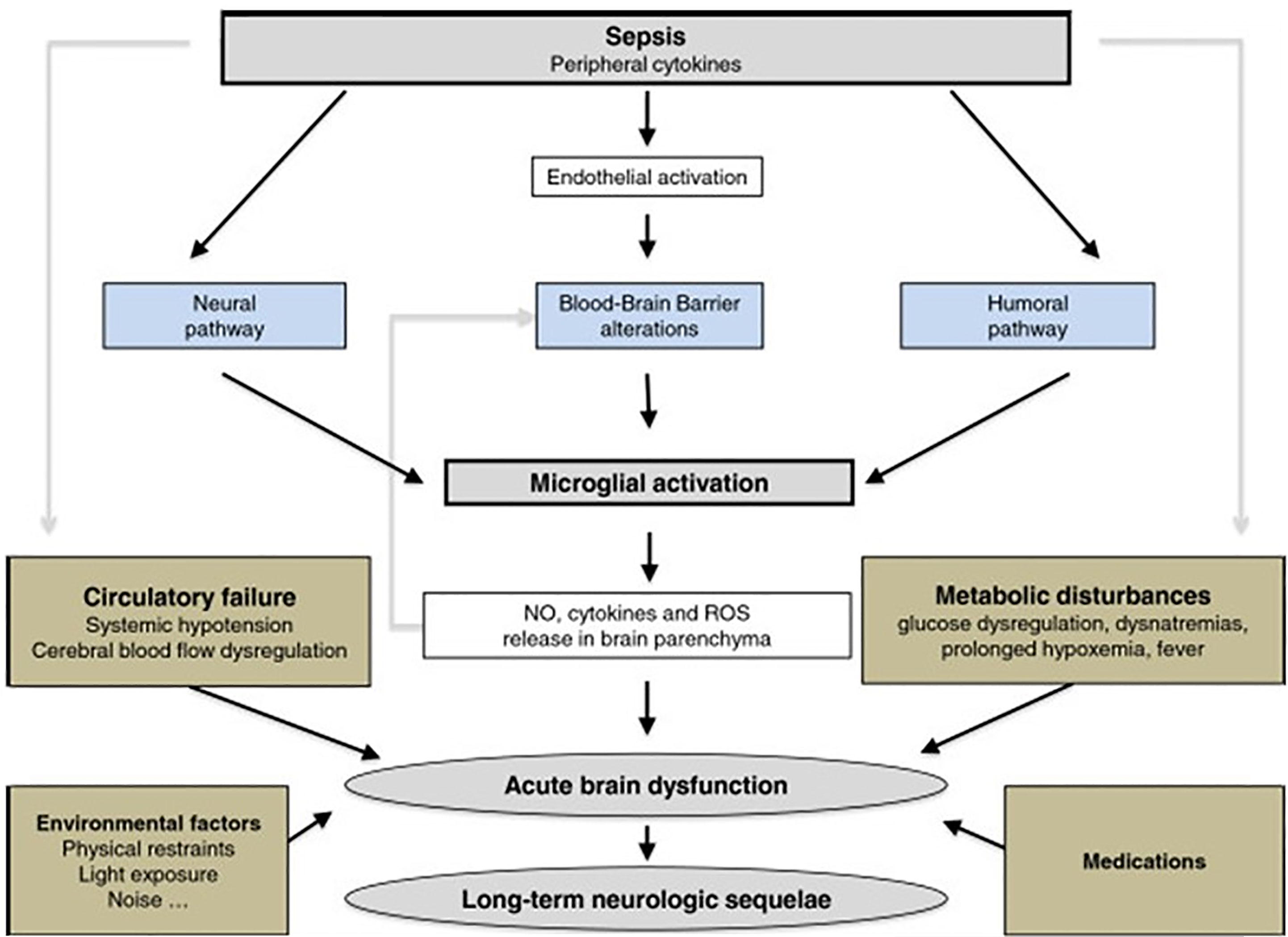
Key Components of Sepsis Treatment
- Antibiotics: Broad-spectrum antibiotics are usually administered intravenously to combat the infection.
- Intravenous fluids: Large amounts of fluids help maintain blood pressure and prevent organ damage.
- Oxygen therapy: Supplemental oxygen may be provided to ensure adequate oxygenation of tissues.
- Vasopressors: These medications help raise blood pressure in severe cases.
- Organ support: Depending on the affected organs, various supportive measures may be implemented (e.g., mechanical ventilation for respiratory failure).
With prompt recognition and appropriate treatment, most people survive sepsis. However, the road to recovery can be long and challenging.
The Road to Recovery: Navigating Life After Sepsis
Surviving sepsis is a significant achievement, but it’s often just the beginning of a long journey back to health. Recovery from sepsis can be a complex process, affecting both physical and mental well-being.
Initial Steps in Rehabilitation
Rehabilitation typically begins in the hospital, focusing on gradually restoring basic functions:
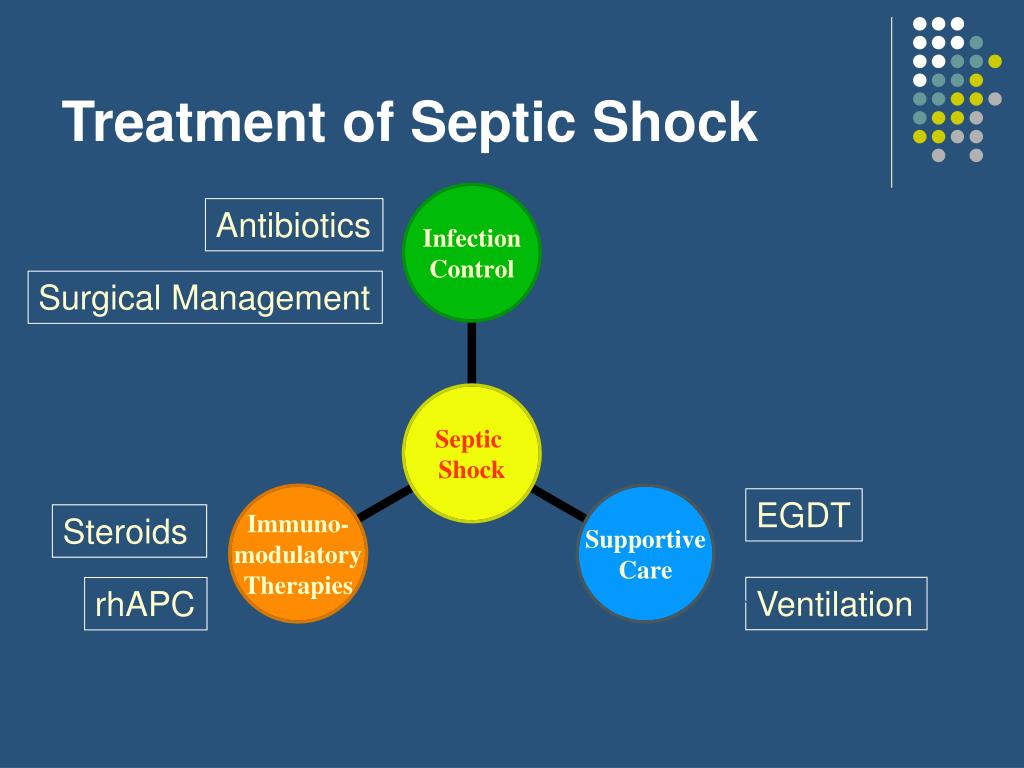
- Assisted movement and mobility
- Self-care activities (bathing, dressing)
- Sitting up, standing, and walking
- Using the restroom independently
The primary goal is to help patients regain their previous level of health or achieve the closest possible approximation. It’s crucial to work closely with healthcare professionals to develop an appropriate rehabilitation plan tailored to individual needs and capabilities.
Challenges of Post-Sepsis Recovery
Upon returning home, sepsis survivors may face a range of physical and emotional challenges:
Physical Symptoms
- Extreme weakness and fatigue
- Breathlessness
- General body pains or aches
- Difficulty moving around
- Sleep disturbances
- Weight loss and reduced appetite
- Skin changes (dryness, itching, peeling)
- Brittle nails and hair loss
Emotional and Cognitive Effects
- Lack of self-confidence
- Social withdrawal
- Flashbacks and disturbing memories
- Confusion and difficulty distinguishing reality
- Increased anxiety and worry
- Poor concentration
- Depression, anger, and lack of motivation
- Frustration with limitations in daily activities
Understanding and anticipating these challenges can help patients and their support networks better prepare for the recovery process.

Empowering Recovery: Strategies for Post-Sepsis Rehabilitation
While the path to recovery after sepsis can be daunting, there are several strategies that can help survivors regain their health and well-being:
Physical Rehabilitation
- Gradual increase in activity: Start with light exercises and slowly build up intensity and duration.
- Regular rest periods: Listen to your body and rest when fatigued.
- Balanced nutrition: Focus on a nutrient-rich diet to support healing and energy levels.
- Physical therapy: Work with a therapist to improve strength, flexibility, and mobility.
- Breathing exercises: Practice techniques to improve lung function and reduce breathlessness.
Emotional and Cognitive Support
- Counseling or therapy: Seek professional help to address emotional challenges and PTSD-like symptoms.
- Support groups: Connect with other sepsis survivors to share experiences and coping strategies.
- Cognitive exercises: Engage in activities that stimulate the mind to improve concentration and memory.
- Mindfulness and relaxation techniques: Practice methods like meditation to manage stress and anxiety.
- Open communication: Share your feelings and concerns with family and friends.
Recovery from sepsis is a highly individual process, and progress may occur at different rates for different people. It’s essential to be patient and celebrate small victories along the way.

Preventing Sepsis: Proactive Measures for a Healthier Future
While not all cases of sepsis can be prevented, there are several steps individuals can take to reduce their risk:
Infection Prevention Strategies
- Practice good hygiene: Regular handwashing and proper wound care are crucial.
- Stay up-to-date on vaccinations: Immunizations can prevent many infections that may lead to sepsis.
- Manage chronic conditions: Properly controlling conditions like diabetes can reduce infection risk.
- Seek prompt medical attention: Address infections early before they have a chance to progress.
- Be aware of sepsis symptoms: Knowing the signs can lead to earlier intervention.
The Role of Healthcare Providers
Healthcare professionals play a critical role in sepsis prevention and early detection:
- Implementing infection control protocols in healthcare settings
- Educating patients about infection prevention and sepsis awareness
- Conducting thorough assessments to identify potential sepsis cases early
- Adhering to evidence-based guidelines for sepsis management
- Promoting appropriate antibiotic use to prevent antimicrobial resistance
By combining individual preventive measures with systemic healthcare approaches, we can work towards reducing the incidence and impact of sepsis.

The Future of Sepsis Care: Advancements in Research and Treatment
As our understanding of sepsis continues to evolve, researchers and healthcare professionals are exploring new avenues for improved diagnosis, treatment, and prevention:
Emerging Diagnostic Tools
- Biomarker research: Identifying specific molecules that indicate sepsis onset
- AI-powered algorithms: Developing predictive models for early sepsis detection
- Point-of-care testing: Creating rapid diagnostic tools for use in various healthcare settings
Innovative Treatment Approaches
- Immunomodulation therapies: Targeting the body’s immune response to prevent organ damage
- Personalized medicine: Tailoring treatments based on individual patient characteristics
- Extracorporeal therapies: Exploring blood purification techniques to remove harmful substances
- Novel antimicrobial strategies: Developing alternatives to traditional antibiotics
Enhancing Sepsis Education and Awareness
Improving public and healthcare provider knowledge about sepsis is crucial for better outcomes:
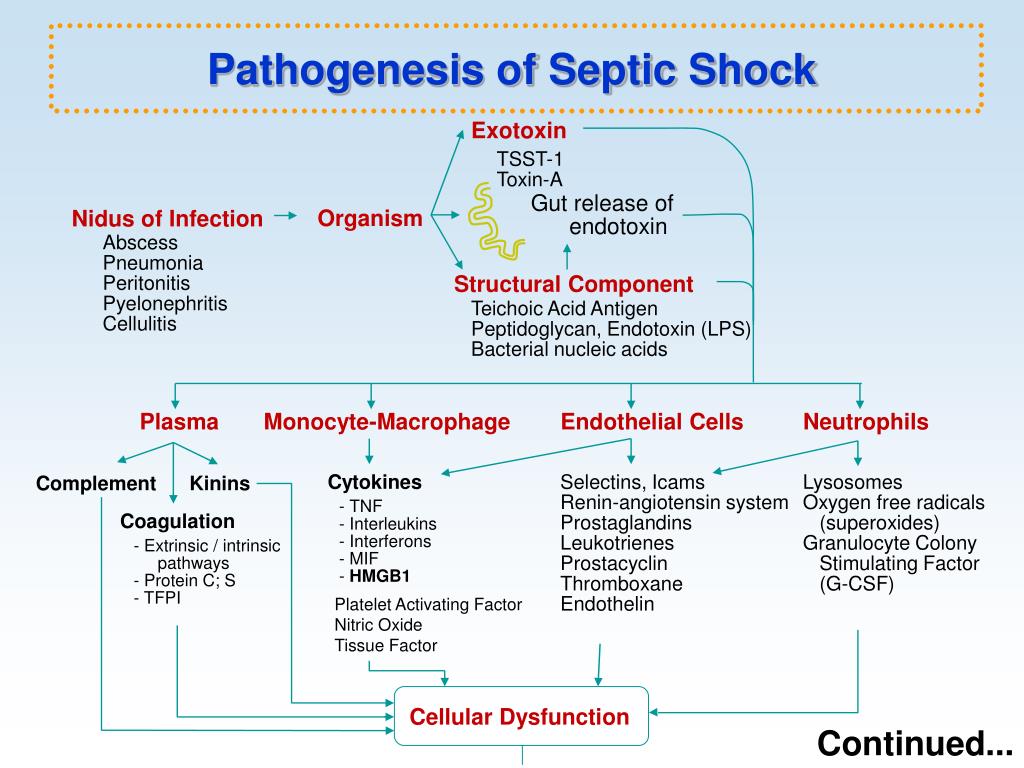
- Incorporating sepsis education into medical and nursing curricula
- Developing community outreach programs to raise sepsis awareness
- Creating standardized sepsis protocols across healthcare systems
- Promoting interdisciplinary collaboration in sepsis research and care
As these advancements continue to unfold, they offer hope for improved sepsis prevention, earlier detection, and more effective treatments, ultimately saving lives and reducing the long-term impacts of this critical condition.
In conclusion, sepsis remains a significant health challenge, but with increased awareness, prompt recognition, and ongoing advancements in care, we can work towards reducing its impact and improving outcomes for those affected. By staying informed and vigilant, both healthcare providers and the general public can play a crucial role in combating this life-threatening condition.
What is Sepsis? | Sepsis
- What is sepsis?
- Is sepsis contagious?
- What causes sepsis?
- Who is at risk?
- What are the signs & symptoms?
- What should I do if I think I might have sepsis?
- Fact Sheet, Brochure, and Conversation Starter
Anyone can get an infection, and almost any infection, including COVID-19, can lead to sepsis. In a typical year:
- At least 1.7 million adults in America develop sepsis.
- At least 350,000 adults who develop sepsis die during their hospitalization or are discharged to hospice.
- 1 in 3 people who dies in a hospital had sepsis during that hospitalization
- Sepsis, or the infection causing sepsis, starts before a patient goes to the hospital in nearly 87% of cases.
Sepsis is the body’s extreme response to an infection. It is a life-threatening medical emergency. Sepsis happens when an infection you already have triggers a chain reaction throughout your body. Infections that lead to sepsis most often start in the lung, urinary tract, skin, or gastrointestinal tract. Without timely treatment, sepsis can rapidly lead to tissue damage, organ failure, and death.
Sepsis happens when an infection you already have triggers a chain reaction throughout your body. Infections that lead to sepsis most often start in the lung, urinary tract, skin, or gastrointestinal tract. Without timely treatment, sepsis can rapidly lead to tissue damage, organ failure, and death.
Is sepsis contagious?
You can’t spread sepsis to other people. However, an infection can lead to sepsis, and you can spread some infections to other people.
Sepsis happens when…
Transcript: Sepsis happens when [TXT 1 1 KB]
What causes sepsis?
Infections can put you or your loved one at risk for sepsis. When germs get into a person’s body, they can cause an infection. If you don’t stop that infection, it can cause sepsis. Bacterial infections cause most cases of sepsis. Sepsis can also be a result of other infections, including viral infections, such as COVID-19 or influenza, or fungal infections.
Top of Page
Who is at risk?
Anyone can develop sepsis, but some people are at higher risk for sepsis:
Adults 65 or older
People with weakened immune systems
People with chronic medical conditions, such as diabetes, lung disease, cancer, and kidney disease
People with recent severe illness or hospitalization
People who survived sepsis
Children younger than one
Top of Page
What are the signs & symptoms?
A person with sepsis might have one or more of the following signs or symptoms:
High heart rate or weak pulse
Confusion or disorientation
Extreme pain or discomfort
Fever, shivering, or feeling very cold
Shortness of breath
Clammy or sweaty skin
A medical assessment by a healthcare professional is needed to confirm sepsis.
Top of Page
What should I do if I think I might have sepsis?
Sepsis is a medical emergency. If you or your loved one has an infection that’s not getting better or is getting worse, ACT FAST.
Get medical care IMMEDIATELY. Ask your healthcare professional, “Could this infection be leading to sepsis?” and if you should go to the emergency room.
If you have a medical emergency, call 911. If you have or think you have sepsis, tell the operator. If you have or think you have COVID-19, tell the operator this as well. If possible, put on a mask before medical help arrives.
With fast recognition and treatment, most people survive. Treatment requires urgent medical care, usually in an intensive care unit in a hospital, and includes careful monitoring of vital signs and often antibiotics.
Top of Page
Fact Sheet, Brochure, and Conversation Starter (Print Only)
Protect Yourself and Your Family from Sepsis [PDF – 2 pages]
It’s Time to Talk about Sepsis [PDF – 2 pages]
Start the Conversation Today [PDF – 2 Pages]
Top of Page
I Survived Sepsis.
 What’s Next? | Sepsis
What’s Next? | Sepsis
What are the first steps in recovery?
After you have had sepsis, rehabilitation usually starts in the hospital by slowly helping you to move around and look after yourself: bathing, sitting up, standing, walking, taking yourself to the restroom, etc. The purpose of rehabilitation is to restore you back to your previous level of health or as close to it as possible. Work with your healthcare professional to determine the most appropriate rehabilitation plan and what activities are safe for you. Begin your rehabilitation by building up your activities slowly, and rest when you are tired.
How will I feel when I get home?
You have been seriously ill, and your body and mind need time to get better. You may experience the following physical symptoms upon returning home:
- General to extreme weakness and fatigue
- Breathlessness
- General body pains or aches
- Difficulty moving around
- Difficulty sleeping
- Weight loss, lack of appetite, food not tasting normal
- Dry and itchy skin that may peel
- Brittle nails
- Hair loss
You may also experience the following feelings once you’re at home:
- Unsure of yourself
- Not caring about your appearance
- Wanting to be alone, avoiding friends and family
- Flashbacks, bad memories
- Confusing reality (e.
 g, not sure what is real and what isn’t)
g, not sure what is real and what isn’t) - Feeling anxious, more worried than usual
- Poor concentration
- Depressed, angry, unmotivated
- Frustration at not being able to do everyday tasks
- What are the first steps in recovery?
- How will I feel when I get home?
- What can I do to recover at home?
- Are there any long-term effects of sepsis?
- Do the effects of sepsis get better? Am I at risk for sepsis again? What should I do if I think I have sepsis again?
What sepsis survivors need to know (Print Only) [PDF – 2 pages]
Talk with your healthcare professional if you or your caregivers are concerned about any physical symptoms or feelings you are experiencing.
Top of Page
What can I do to recover at home?
Work with your healthcare professional to determine the most appropriate rehabilitation plan and what activities are safe for you. Some examples may include:
- Set small, achievable goals for yourself each week, such as taking a bath, dressing yourself, or walking up the stairs
- Rest and rebuild your strength
- Talk about what you are feeling to family and friends
- Record your thoughts, struggles, and milestones in a journal
- Learn about sepsis to understand what happened
- Ask your family to fill in any gaps you may have in your memory about what happened to you
- Eat a balanced diet
- Exercise if you feel up to it
- Make a list of questions to ask your healthcare professional when you go for a check up
Top of Page
Are there any long-term effects of sepsis?
Many people who survive sepsis recover completely and their lives return to normal.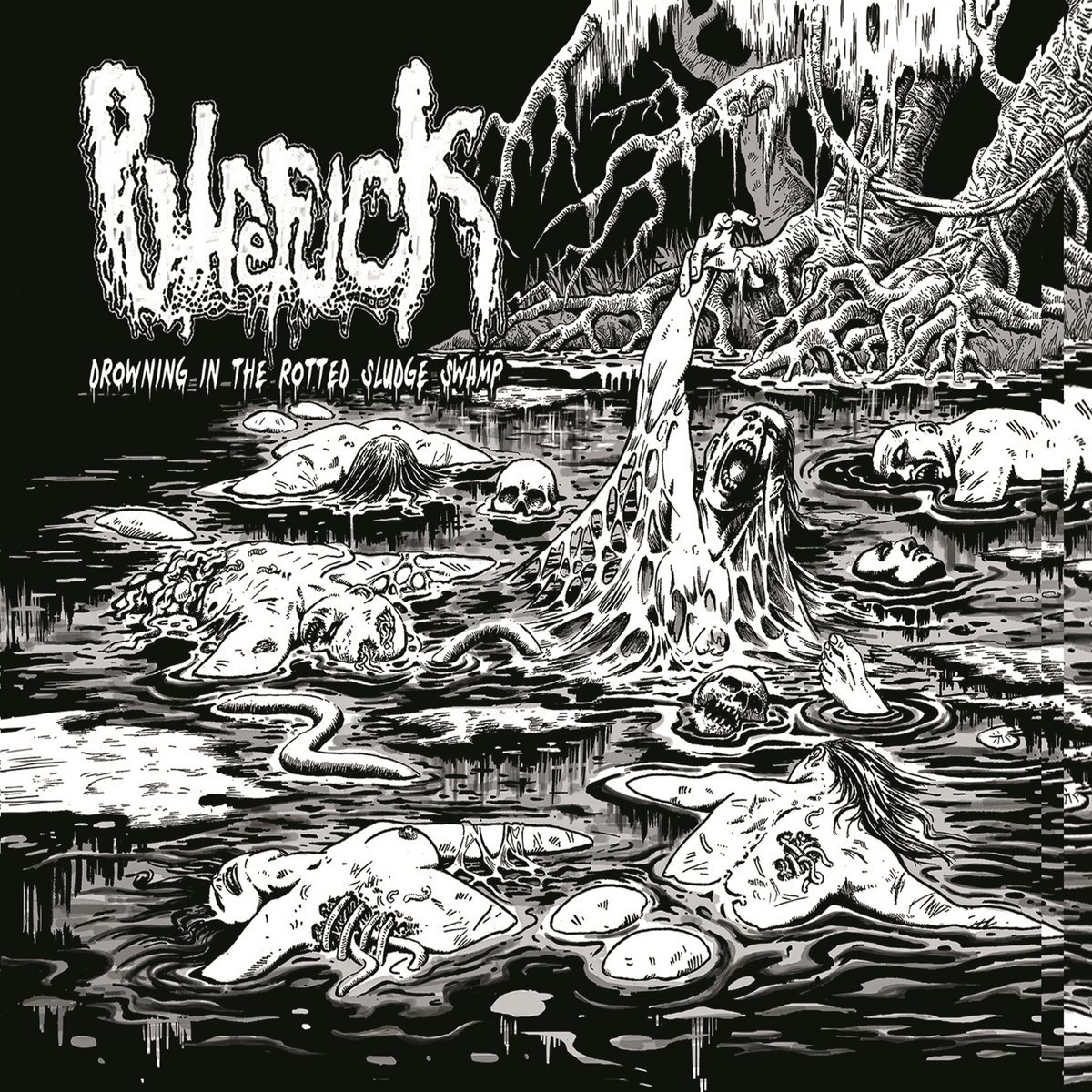 However, as with some other illnesses requiring intensive medical care, some patients have long-term effects. These problems may not become apparent until several weeks after your hospital stay and may include such consequences as:
However, as with some other illnesses requiring intensive medical care, some patients have long-term effects. These problems may not become apparent until several weeks after your hospital stay and may include such consequences as:
- Insomnia, difficulty getting to or staying asleep
- Nightmares, vivid hallucinations, panic attacks
- Disabling muscle and joint pains
- Decreased mental (cognitive) function
- Loss of self-esteem and self-belief
- Organ dysfunction (kidney failure, lung problems, etc.)
- Amputations (loss of limb(s)
Talk with your healthcare professional if you have concerns about what you might experience in the weeks and months after getting home from the hospital.
Top of Page
Do the effects of sepsis get better? Am I at risk for sepsis again? What should I do if I think I have sepsis again?
Generally, the effects of sepsis do improve with time. Some hospitals have follow-up clinics or staff to help patients and families once they have been discharged. Find out if yours does or if there are local resources available to help you while you get better. However, if you feel you are not getting better or finding it difficult to cope, call your healthcare professional.
Find out if yours does or if there are local resources available to help you while you get better. However, if you feel you are not getting better or finding it difficult to cope, call your healthcare professional.
Keep in mind that people who survived sepsis are at higher risk for getting sepsis again. If you or your loved one has an infection that’s not getting better or is getting worse, ACT FAST. Get medical care IMMEDIATELY. Ask your healthcare professional, “Could this infection be leading to sepsis?” and if you should go to the emergency room. With fast recognition and treatment, most people survive.
Top of Page
Page last reviewed: August 9, 2022
Content source: Centers for Disease Control and Prevention, National Center for Emerging and Zoonotic Infectious Diseases (NCEZID), Division of Healthcare Quality Promotion (DHQP)
To receive email updates about this page, enter your email address:
Related Links
Antibiotic/ Antimicrobial Resistance
Antibiotic Prescribing and Use in Hospitals and Long-Term care
Healthcare-Associated Infections
Methicillin-resistant Staphylococcus aureus (MRSA) Infections
Preventing Infections in Cancer Patients
Sepsis
Sepsis
- Health Issues »
- A
- B
- C
- D
- D
- E
- Y
- W
- W
- I
- R
- L
- M
- H
- O
- P
- R
- S
- T
- U
- F
- X
- C
- H 900 05
- W
- W
- L
- S
- B
- E
- S
- I
- Popular Topics
- Air pollution
- Coronavirus disease (COVID-19)
- Hepatitis
- Data and statistics »
- News bulletin
- The facts are clear
- Publications
- Find Country »
- A
- B
- C
- D
- L
- E
- Y
- W
- W
- I
- Y
- K
- L 90 005
- M
- H
- O
- R
- R
- C
- T
- Y
- F
- X
- C
- H
- W
- W
- L
- Y
- b
- e
- i
- i
- WHO in countries »
- Reporting
- Regions »
- Africa
- America
- Southeast Asia
- Europe
- Eastern Mediterranean
- Western Pacific
- Media Center
- Press releases
- Statements
- Media messages
- Comments
- Reporting
- Online Q&A
- Events
- Photo reports
- Case Studies
- Questions and answers
- Speeches
- Update
- Emergencies ”
- News ”
- Disease Outbreak News
- WHO Data »
- Dashboards »
- COVID-19 Monitoring Dashboard
- Basic moments ”
- About WHO »
- CEO
- About WHO
- WHO activities
- Where does WHO work?
- Governing Bodies »
- World Health Assembly
- Executive committee
- Main page/
- Media Center /
- Newsletters/
- Read more/
- Sepsis
©
Photo
Key Facts
- Sepsis occurs when the body’s response to an infection causes damage to its own tissues and organs, and can lead to death or serious deterioration.

- The global epidemiological burden of sepsis cannot be accurately estimated. It is estimated that it develops in more than 30 million people each year and possibly kills 6 million people(1). The problem of sepsis is likely to be most prevalent in low- and middle-income countries.
- An estimated 3 million newborns and 1.2 million children suffer from sepsis each year (2). Three out of ten deaths due to neonatal sepsis are suspected to be due to drug-resistant pathogens.
- One in ten deaths due to pregnancy and childbirth are due to maternal sepsis, with 95% of maternal sepsis deaths occurring in low- and middle-income countries (4). Each year, one million newborns die due to maternal infections, in particular maternal sepsis (5).
- Sepsis may be a clinical manifestation of infections acquired both outside and inside healthcare facilities. Healthcare-associated infection is one of the most common, if not the most common, type of adverse events occurring in the course of healthcare, affecting millions of patients worldwide each year (6).
 Because these infections are often resistant to antibiotics, they can cause rapid clinical deterioration.
Because these infections are often resistant to antibiotics, they can cause rapid clinical deterioration.
General information
Sepsis is a life-threatening organ dysfunction caused by dysregulation of the body’s response to infection (7). If sepsis is not recognized early and treated promptly, it can cause septic shock, multiple organ failure, and death. Sepsis can be caused by any type of infectious pathogen. Antimicrobial resistance is a leading factor in the lack of clinical response to treatment and the rapid development of sepsis and septic shock. Among patients with sepsis caused by drug-resistant pathogens, there is an increased risk of hospital mortality.
Who is at risk?
Anyone with an infection can develop sepsis, but vulnerable populations such as the elderly, pregnant women, newborns, hospitalized patients, and those with HIV/AIDS, cirrhosis, cancer, kidney disease, autoimmune disease, and spleen (8).
Signs and symptoms
Sepsis is an emergency. However, the signs and symptoms of sepsis in patients may be different at different points in time, since such a clinical condition as sepsis can be caused by many pathogens and change its character at different stages. Warning signs and symptoms include a rise or fall in body temperature and chills, changes in mental status, shortness/rapid breathing, rapid heartbeat, weak pulse/low blood pressure, oliguria, blue or marbling of the skin, cold extremities, and severe pain or discomfort in the body ( 9-eleven). Suspicion of sepsis is the first step towards its early recognition and diagnosis.
However, the signs and symptoms of sepsis in patients may be different at different points in time, since such a clinical condition as sepsis can be caused by many pathogens and change its character at different stages. Warning signs and symptoms include a rise or fall in body temperature and chills, changes in mental status, shortness/rapid breathing, rapid heartbeat, weak pulse/low blood pressure, oliguria, blue or marbling of the skin, cold extremities, and severe pain or discomfort in the body ( 9-eleven). Suspicion of sepsis is the first step towards its early recognition and diagnosis.
Prevention
There are two main ways to prevent sepsis:
1. Prevention of microbial transmission and infection;
2. Prevention of complications of infection to the state of sepsis.
Infection prevention in the community includes good hygiene practices such as handwashing and safe food preparation, improving the quality and availability of water and sanitation, ensuring access to vaccines, especially for those at high risk of developing sepsis, and proper nutrition including breastfeeding newborns.
Prevention of nosocomial infections is generally ensured by having functioning infection prevention and control programs and appropriate teams of staff, good hygiene practices, including hand hygiene, along with cleanliness of the premises and proper operation of equipment.
Prevention of sepsis in both the community and in health care settings involves appropriate antibiotic treatment of infections, including regular assessment of patients for the rational use of antibiotics, prompt medical attention, and early detection of signs and symptoms of sepsis.
The effectiveness of infection prevention is clearly supported by scientific evidence. For example, with strict hand hygiene practices in health care settings, infections can be reduced by up to 50% (12), and in public places, these interventions can reduce the risk of diarrhea by at least 40% (13). Measures to improve water supply, sanitation and hygiene (WASH) can reduce the overall burden of disease worldwide by 10% 14 .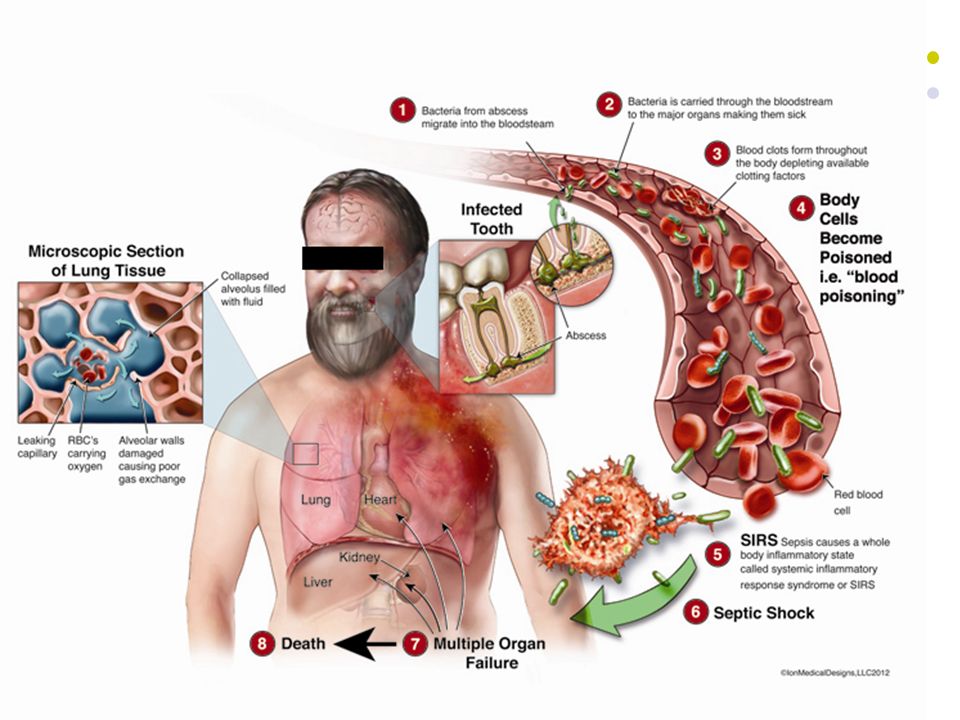 Every year, vaccinations help prevent 2–3 million infection-related deaths (15).
Every year, vaccinations help prevent 2–3 million infection-related deaths (15).
Diagnosis and clinical management
In order to detect sepsis early and manage it appropriately in a timely manner, it is essential to recognize and not ignore the signs and symptoms listed above, and to identify certain biomarkers (particularly procalcitonin). Post-early detection, diagnostic procedures are important to help identify the causative agent of the infection that caused sepsis, since this determines the choice of targeted antimicrobial treatment. Antimicrobial resistance (AMR) can hinder the clinical management of sepsis, as it often requires empirical antibiotic selection. Therefore, it is necessary to understand the epidemiological parameters of the spread of AMR in these settings. Once the source of the infection has been identified, the most important task is to eliminate it, for example, by draining the abscess.
Fluid therapy is also important in the early management of sepsis to normalize circulating fluid volume.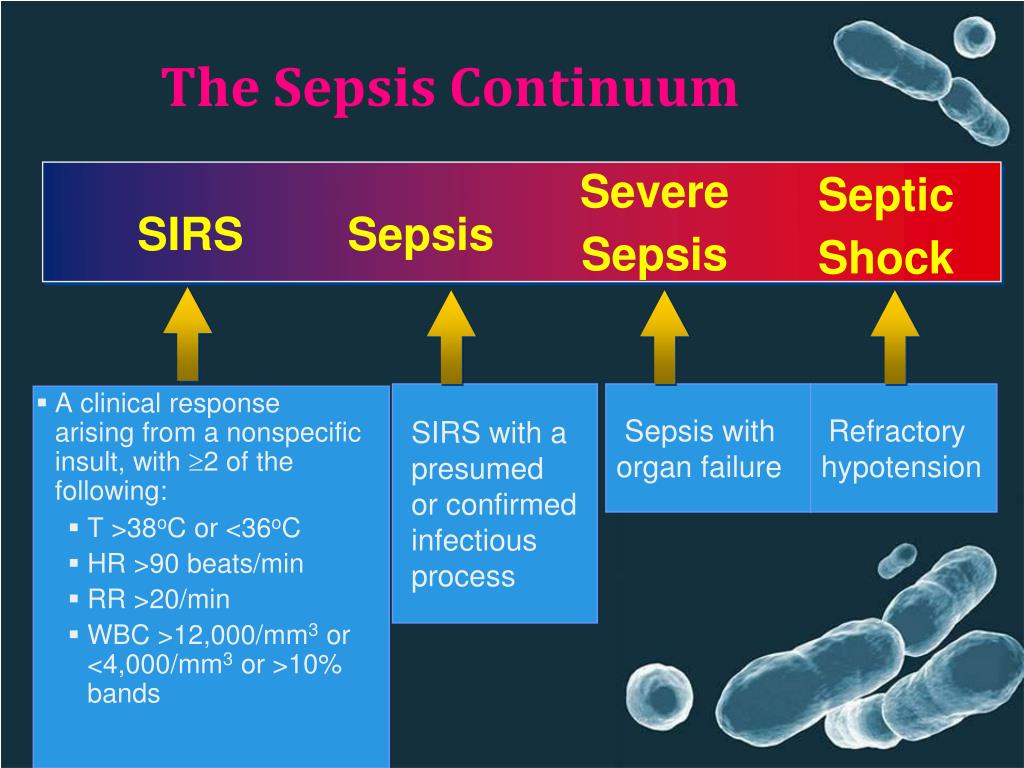 In addition, vasoconstrictor drugs may be required to improve and maintain tissue perfusion. Further measures for the correct management of sepsis are selected based on the data of repeated examinations and diagnostic measures, including monitoring of the patient’s vital signs.
In addition, vasoconstrictor drugs may be required to improve and maintain tissue perfusion. Further measures for the correct management of sepsis are selected based on the data of repeated examinations and diagnostic measures, including monitoring of the patient’s vital signs.
Sepsis and the Sustainable Development Goals
Sepsis is a major cause of maternal death, as well as death of newborns and children under five years of age. For this reason, the control of sepsis will clearly contribute to the achievement of targets 3.1 and 3.2 of the Sustainable Development Goals (SDGs).
Sepsis is a highly relevant cause of maternal death, as well as death of newborns and children under five years of age. For this reason, the control of sepsis will clearly contribute to the achievement of targets 3.1 and 3.2 of the Sustainable Development Goals (SDGs).
The indicators for achieving these two SDG targets are maternal, newborn and under-five mortality rates. Sepsis occupies an important place among the causes of these preventable deaths. It is often the clinical condition that ultimately causes death in patients with HIV, tuberculosis, malaria and other infectious diseases mentioned in task 3.3, but it is usually not recorded as a cause of death in such patients and is not is included in the statistics on the indicators of the achievement of SDG target 3.3.
It is often the clinical condition that ultimately causes death in patients with HIV, tuberculosis, malaria and other infectious diseases mentioned in task 3.3, but it is usually not recorded as a cause of death in such patients and is not is included in the statistics on the indicators of the achievement of SDG target 3.3.
Sepsis is also important, though more indirectly, to other health-related targets under SDG 3. For example, prevention and/or proper diagnosis and management of sepsis is also relevant to adequate vaccine coverage, universal coverage of quality health services, compliance with the International Health Regulations, preparedness and provision of water and sanitation services. However, achieving universal prevention, diagnosis and management of sepsis remains a challenge.
WHO activities
In May 2017, the Seventieth World Health Assembly, based on a report by the WHO Secretariat, adopted a resolution on sepsis.
Resolution WHA70.7. Improving the prevention, diagnosis and clinical management of sepsis
Report of the WHO Secretariat A70/13. Improving the prevention, diagnosis and clinical management of sepsis
Improving the prevention, diagnosis and clinical management of sepsis
Several WHO headquarters-level programmes, in collaboration and coordination with WHO regional offices, are currently studying the public health impact of sepsis and providing guidance and support at country level on prevention, early and correct diagnosis, as well as timely and effective clinical management of sepsis in the interests of a comprehensive solution to this problem. The Global Infection Prevention and Control Team, located at WHO Headquarters in the Department of Service Delivery and Safety, coordinates sepsis activities and leads prevention efforts.
Bibliography
(1) Fleischmann C, Scherag A, Adhikari NK, et al. Assessment of Global Incidence and Mortality of Hospital-treated Sepsis. Current Estimates and Limitations. Am J Respir Crit Care Med 2016; 193(3): 259-72.
(2) Fleischmann-Struzek C, Goldfarb DM, Schlattmann P, Schlapbach LJ, Reinhart K, Kissoon N. The global burden of pediatric and neonatal sepsis: a systematic review. The Lancet Respiratory medicine 2018; 6(3): 223-30.
The global burden of pediatric and neonatal sepsis: a systematic review. The Lancet Respiratory medicine 2018; 6(3): 223-30.
(3) Laxminarayan R, Matsoso P, Pant S, et al. Access to effective antimicrobials: a worldwide challenge. Lancet 2016; 387(10014): 168-75.
(4) Say L, Chou D, Gemmill A, et al. Global causes of maternal death: a WHO systematic analysis. The Lancet Global Health 2014; 2(6): e323-33.
(5) Reproductive, Maternal, Newborn, and Child Health: Disease Control Priorities, Third Edition (Volume 2). In: Black RE, Laxminarayan R, Temmerman M, Walker N, eds. Reproductive, Maternal, Newborn, and Child Health: Disease Control Priorities, Third Edition (Volume 2). Washington (DC): The International Bank for Reconstruction and Development / The World Bank(c) 2016 International Bank for Reconstruction and Development / The World Bank.; 2016.
(6) World Health Organization. WHO Report on the burden of endemic health care-associated infection worldwide. 2017-11-21 15:11:22 2011.
2017-11-21 15:11:22 2011.
http://apps.who.int/iris/bitstream/handle/10665/80135/9789241501507_eng.pdf?sequence=1 (accessed April 10 2018).
(7) Singer M, Deutschman CS, Seymour CW, et al. The Third International Consensus Definitions for Sepsis and Septic Shock (Sepsis-3). JAMA 2016; 315(8): 801-10.
(8) Gotts JE, Matthay MA. Sepsis: pathophysiology and clinical management. British Medical Journal 2016.
(9) United States Centers for Disease Control and Prevention. Healthcare Professional (HCP) Resources : Sepsis. 2018-02-01T06:23:15Z.
https://www.cdc.gov/sepsis/get-ahead-of-sepsis/hcp-resources.html (accessed April 10 2018).
(10) Global Sepsis Alliance. Toolkits. https://www.world-sepsis-day.org/toolkits/ (accessed April 10 2018).
(11) UK SepsisTrust. education. 2018. https://sepsistrust.org/education/ (accessed April 10 2018).
(12) Luangasanatip N, Hongsuwan M, Limmathurotsakul D, et al. Comparative efficacy of interventions to promote hand hygiene in hospital: systematic review and network meta-analysis. british medical journal. 2015;351:h4728.
Comparative efficacy of interventions to promote hand hygiene in hospital: systematic review and network meta-analysis. british medical journal. 2015;351:h4728.
(13) UNICEF. UNICEF Data : Monitoring the Situation of Children and Women – Diarrhoeal Disease. https://data.unicef.org/topic/child-health/diarrhoeal-disease/ (accessed April 10 2018).
(14) Pruss-Ustun A, Bartram J, Clasen T, et al. Burden of disease from inadequate water, sanitation and hygiene in low- and middle-income settings: a retrospective analysis of data from 145 countries. Tropical medicine & international health : TM & IH 2014; 19(8): 894-905.
(15) World Health Organization. Fact sheet: Immunization coverage. 2018-04-10 14:55:37.
African swine fever, an infectious septic disease of domestic pigs and wild boars
The main clinical signs of ASF, which can be used to establish the disease: fever (body temperature rises to 41 – 42 ° C, with a period of 3 to 7 calendar days), depression, hemodynamic disturbance – cyanosis (blue) or hyperemia (redness) of the skin of the ears , abdomen, perineum and tail, inflammatory and necrodystrophic changes in parenchymal organs. ASF is accompanied by diarrhea, bloody discharge from the nasal cavity, clonic convulsions, and abortion in pregnant sows. Surviving animals remain virus carriers for life.
ASF is accompanied by diarrhea, bloody discharge from the nasal cavity, clonic convulsions, and abortion in pregnant sows. Surviving animals remain virus carriers for life.
The causative agent of ASF is a DNA-containing virus of the genus Asfivirus of the family Asfarviridae. The pathogen is stable in the external environment, in the soil the pathogen remains viable for 120 calendar days, in standing water – 175 calendar days, in manure – up to 160 calendar days, in muscle tissue, bone marrow – up to 180 calendar days, in the spleen – up to 1 of the year. The pathogen is sensitive to disinfectants, surfactants and detergents; it dies during heat treatment at a temperature of at least 70 ° C for at least 30 minutes.
Incubation period – lasts from the moment of infection until the onset of clinical signs of ASF (generally, it ranges from 3 to 15 calendar days)
The source of the pathogen is: sick, as well as recovered, in the incubation period, without clinical signs and releasing the pathogen into the external environment of pigs and wild boars.
The transmission of the pathogen is carried out by alimentary (with food, through dirty hands, household items), contact, iatrogenic (with clinical manifestations), aerogenic (through the mucous membrane of the respiratory tract), transmissible (through blood-sucking insects), intrauterine routes and with genetic material. Transmission factors of the pathogen are secrets and excretions (sweat, urine) of sick pigs, wild boars and virus carriers, products of slaughter of pigs, wild boars and products of their processing, corpses of pigs and wild boars, as well as environmental objects contaminated with the pathogen, including feed, water , manure, bedding, soil, clothing and footwear for service personnel, inventory, equipment, transport and other material and technical means.
Treatment methods and appropriate vaccines have not been developed.
The basics of ASF disease prevention are:
1. Regular clinical examination of pigs. Monitoring laboratory tests of blood serum.

 g, not sure what is real and what isn’t)
g, not sure what is real and what isn’t)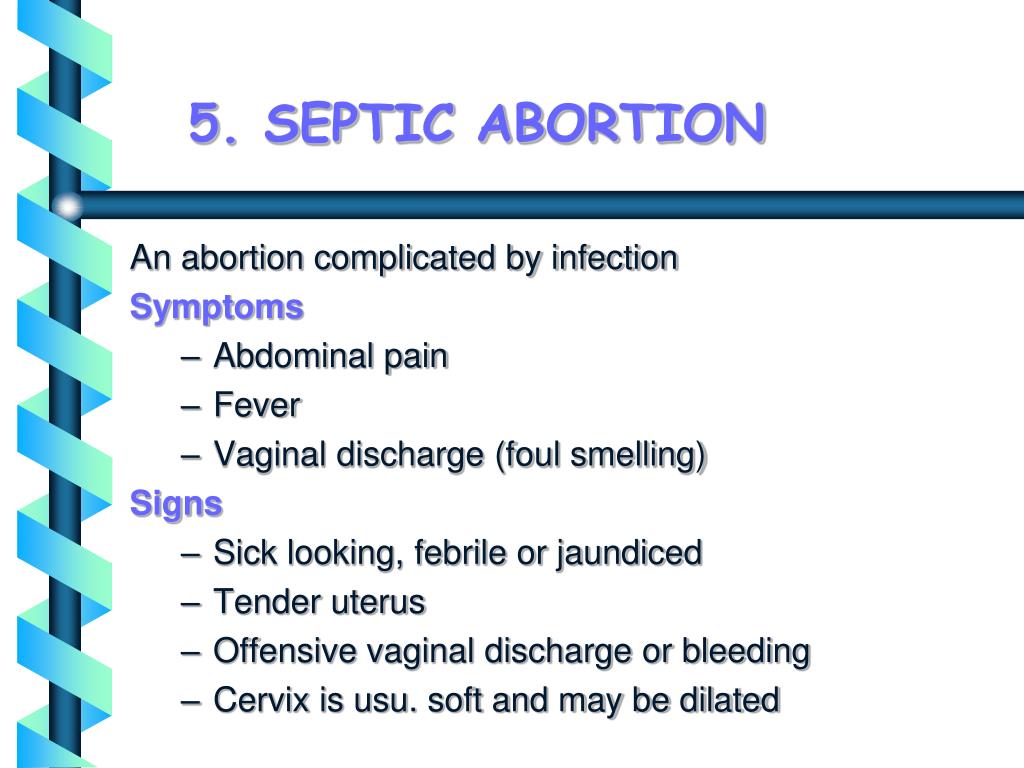
 Because these infections are often resistant to antibiotics, they can cause rapid clinical deterioration.
Because these infections are often resistant to antibiotics, they can cause rapid clinical deterioration.